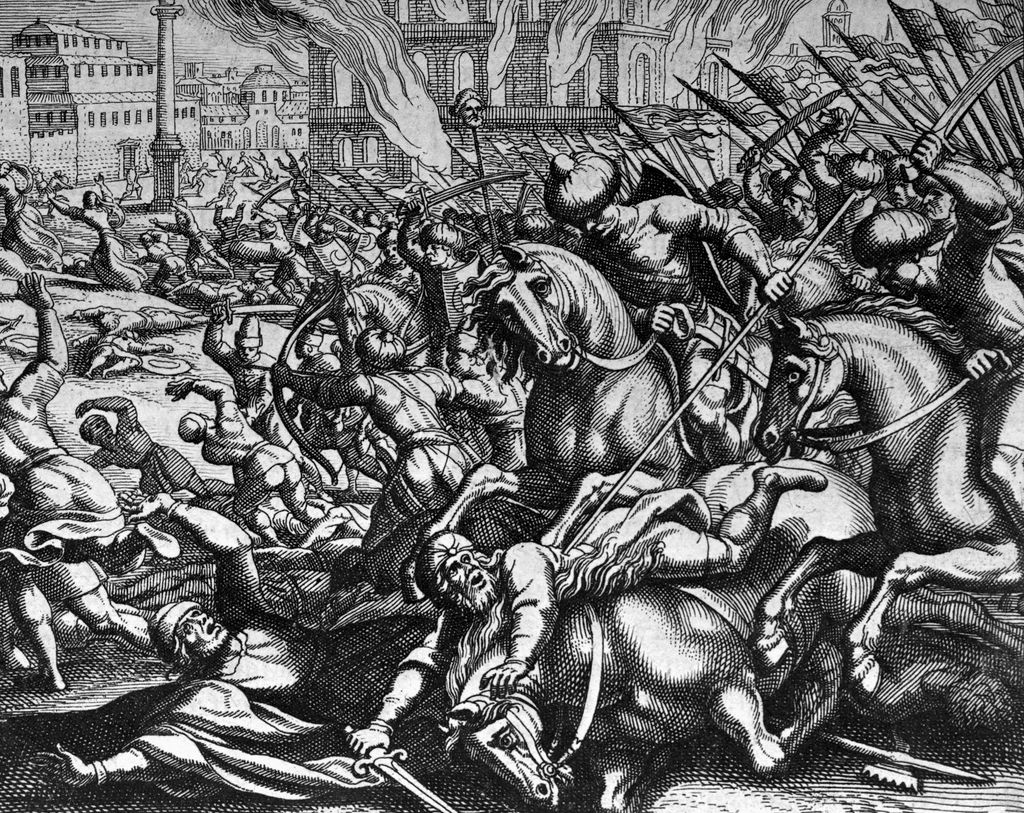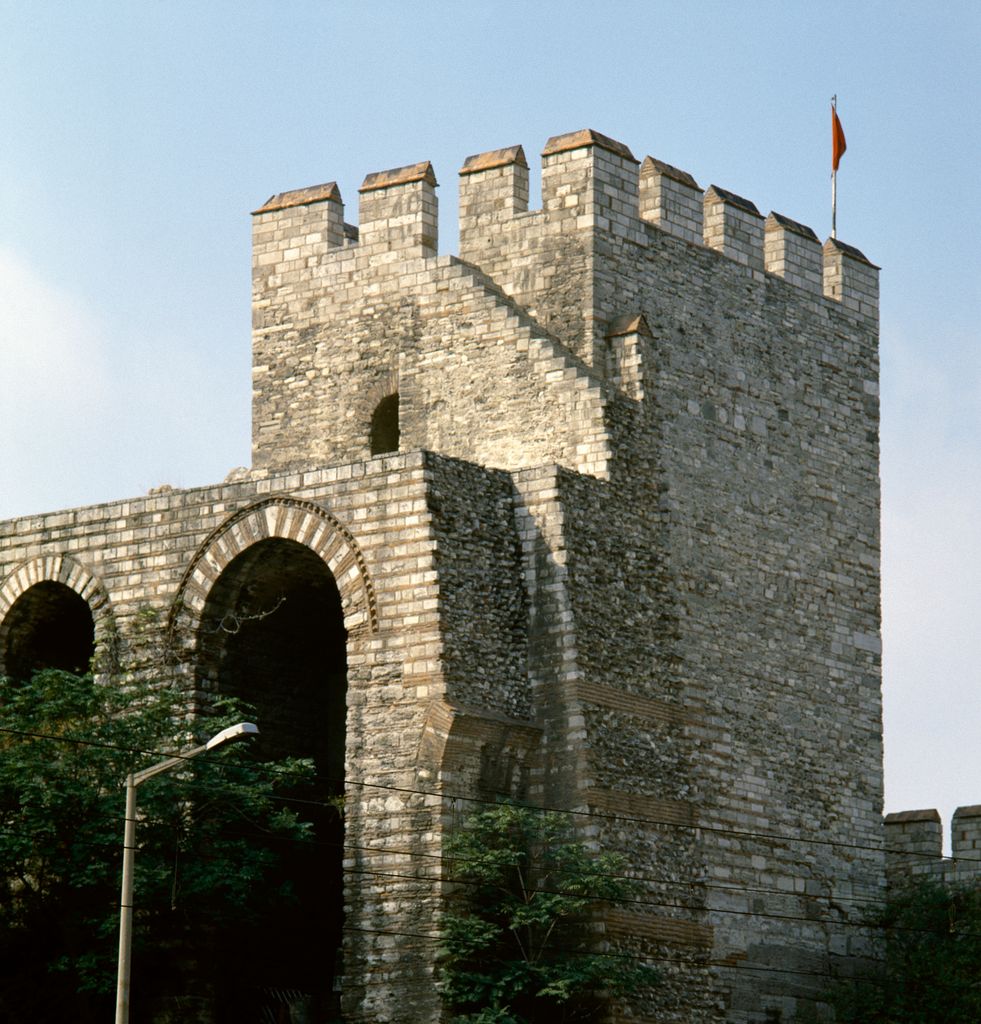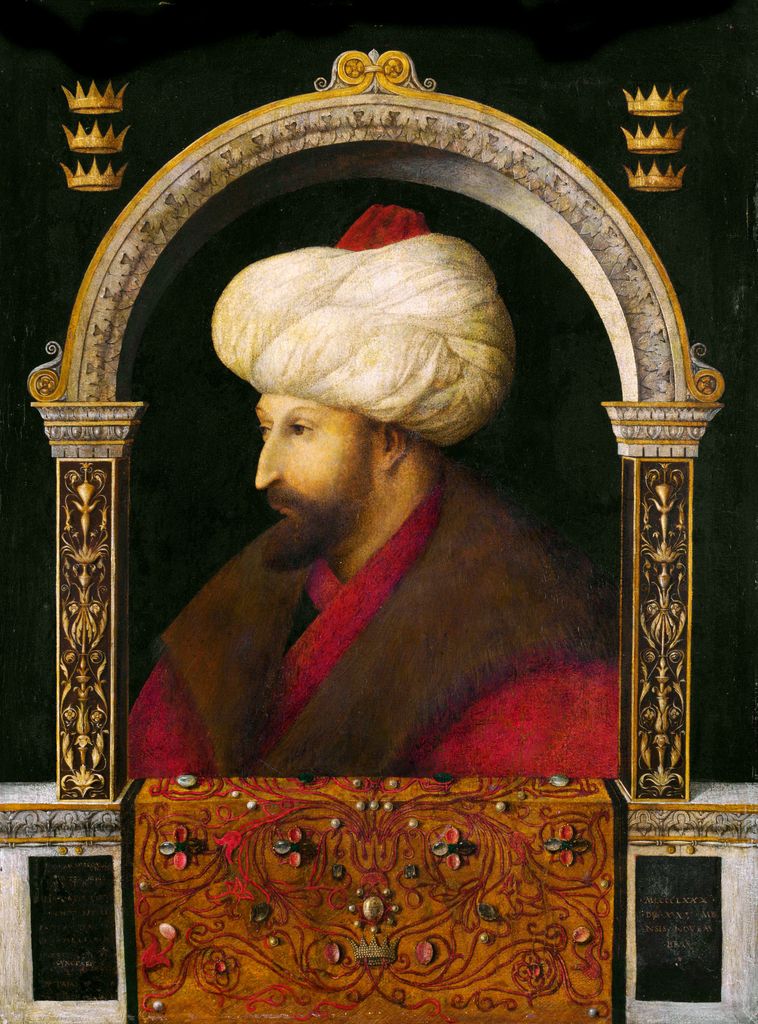
On this day in royal history: Constantinople attacked by an invading sultan
On 6 April 1453, the Siege of Constantinople began under the command of Mehmed II, an Ottoman sultan who was just 21 years old but determined to see through his father’s dream of capturing the Byzantine capital.
There were 36 sieges of the city throughout its history, most of which were unsuccessful. Its geographical position as a transcontinental city with trading connections meant that it was highly prized by prospective invaders, and served as the capital of the Roman empire before becoming the capital of the Byzantine Empire.
Successive attacks from the Latins, Serbs, Bulgarians and Ottoman Turks, as well as mass fatalities from the Black Death, had weakened the Byzantine Empire and the population within Constantinople itself dropped from 400,000 in the 12th century to between 40,000 and 50,000 by the mid 13th century.
Contemporary reports suggest that Constantinople’s defensive force consisted of less than 8,000 trained men to cover 12 miles of the city walls and 30 to 35,000 armed civilians, compared to Ottoman forces, which numbered between 60,000 and 80,000 fighting men on land, and 31 large and midsize warships alongside nearly 100 smaller boats on sea.
Mehmed’s strategy was to blockade the city on all sides and break though Constantinople’s walls using cannons. On 6 April, the Ottomans began firing on the city walls which brought down a section. Their assault the following day was repelled, and the cannons started up again with a daily bombardment.
Access to Constantinople by sea was protected by a sea chain, which Mehmed was determined to destroy. He ordered an Ottoman commander Baltaoğlu to breach the chain, but the naval fleet was driven back twice, and four aid ships for Constantinople were able to reach the city without hindrance. Suffice to say, Baltaoğlu was stripped of his command.
Mehmed commanded the construction of an oiled wooden ramp which would allow smaller ships to bypass the chain, and by 22 April, the Ottomans had gained control of the sea around the city.
The artillery barrage continued until 29 May after 55 days of siege, with repair efforts to the wall taking place overnight so that the narrow gaps made were never breached. As dawn broke over the city on 29 May, Mehmed launched a co-ordinated attack on Constantinople, by sea, land and cannon.
Initial attempts to reach the city were repelled but the Ottomans prevailed and the emperor Constantine XI was killed in the fighting. Mehmed rode through the city to the Hagia Sophia, the largest cathedral in the Christian world, and converted it into a mosque.
The city was looted and pillaged, and Mehmed relocated the capital of his empire from Edirne to Constantinople.













